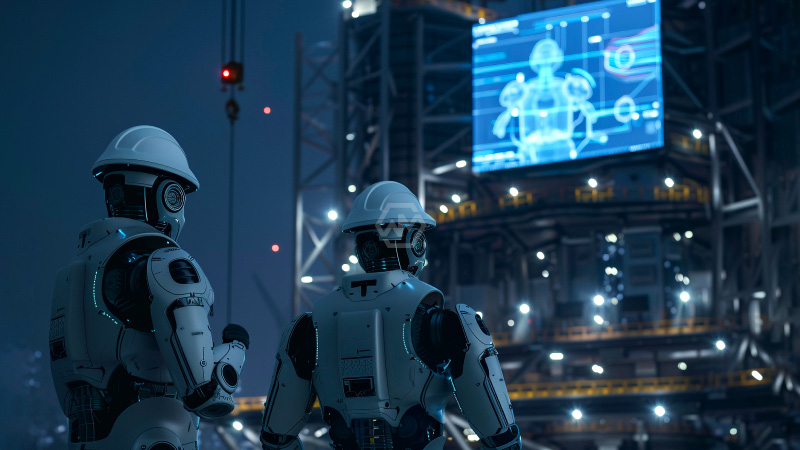- AI and automation are transforming U.S. manufacturing, increasing efficiency but raising concerns about job displacement.
- The rise of “cobots” aims to integrate AI with human workers, reshaping factory roles rather than eliminating them.
- Tariffs and supply chain disruptions are accelerating investment in domestic, AI-powered factories.
The U.S. manufacturing sector is experiencing a rapid shift as companies integrate artificial intelligence to enhance efficiency and resilience. While automation helps factories adjust to economic disruptions, it also raises concerns about job losses.
At the core of this transformation are collaborative robots, or “cobots,” which work alongside humans rather than replacing them entirely. By analyzing vast amounts of factory data, AI-powered machines can optimize processes, reduce downtime, and improve productivity.
The Rise of AI in U.S. Manufacturing: Efficiency vs. Jobs
Automation in manufacturing is no longer a distant future—it is rapidly becoming the present. AI-powered factories are growing across the U.S., driven by economic factors such as tariffs and supply chain challenges. These modern facilities are designed to be highly efficient, using AI to streamline operations and minimize disruptions.
While automation boosts productivity, its impact on the workforce is a key concern. AI-driven machines can perform repetitive tasks faster and with fewer errors, reducing the need for human intervention. Some experts argue that this will create a shift in labor demand, requiring workers to adapt to new roles rather than face widespread unemployment.
The emergence of collaborative robots, or “cobots,” presents a potential middle ground. These machines are designed to work alongside human employees, assisting rather than replacing them. By incorporating AI into manufacturing, companies can increase efficiency while maintaining a human workforce in essential roles.
However, the speed of AI adoption may outpace the ability of workers to reskill. If businesses fail to provide adequate training programs, many employees could struggle to find their place in the new manufacturing landscape. The challenge moving forward is ensuring that AI enhances opportunities rather than eliminating them entirely.
The future of U.S. manufacturing will depend on how well AI and human labor are integrated. If companies invest in reskilling their workforce, automation could drive both efficiency and job creation. However, if AI adoption prioritizes cost-cutting over worker inclusion, the manufacturing boom may benefit technology more than people.
“Automation is not about replacing humans; it’s about enabling humans to do more with the help of technology.” – Satya Nadella



